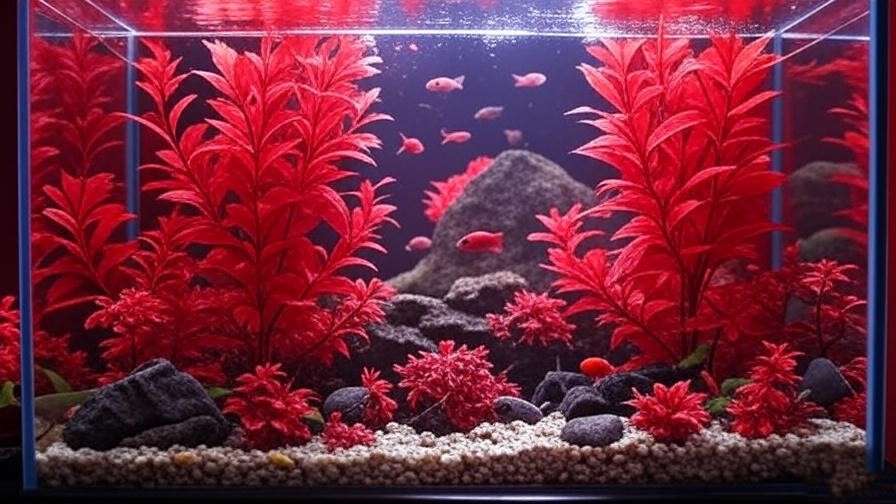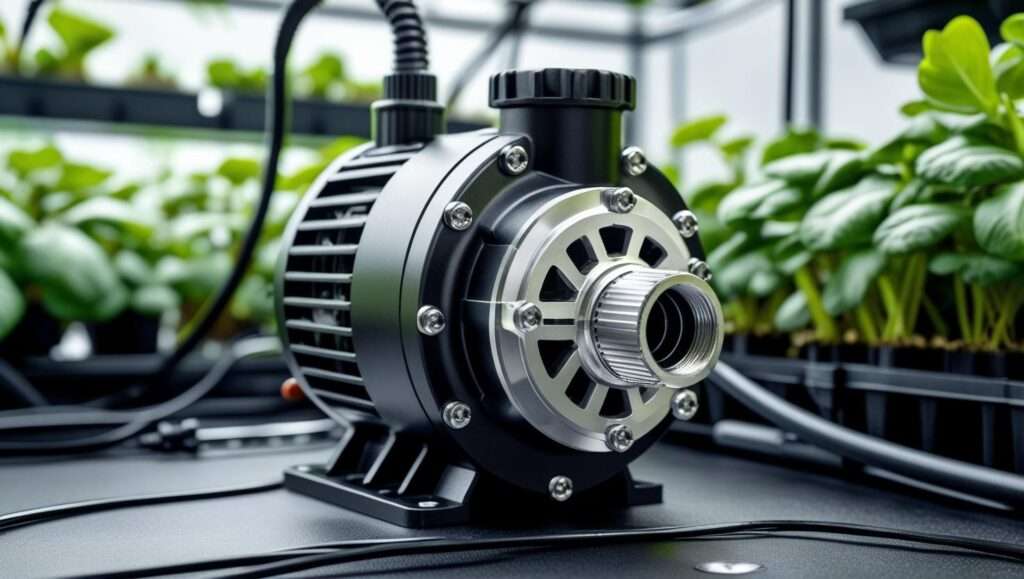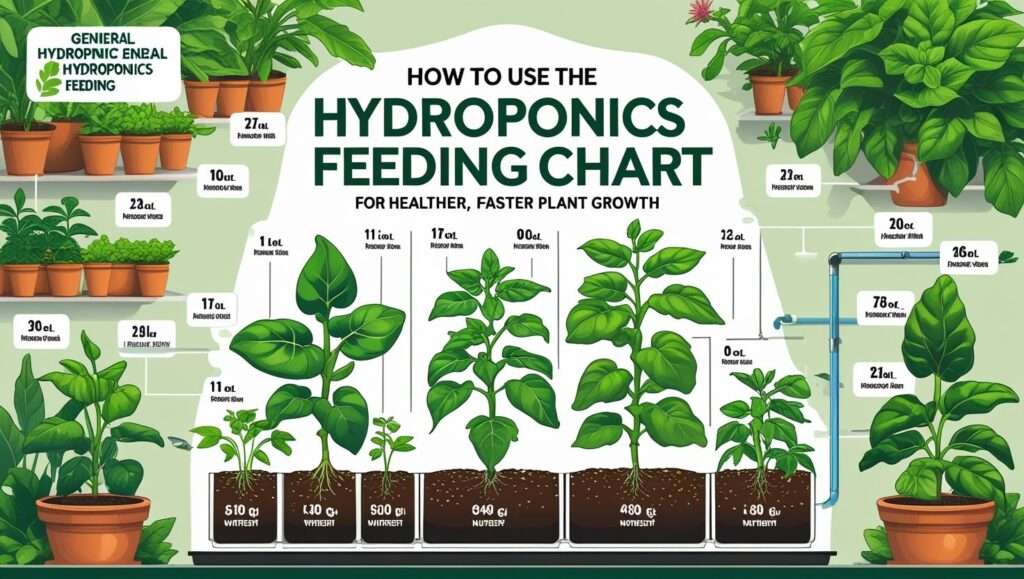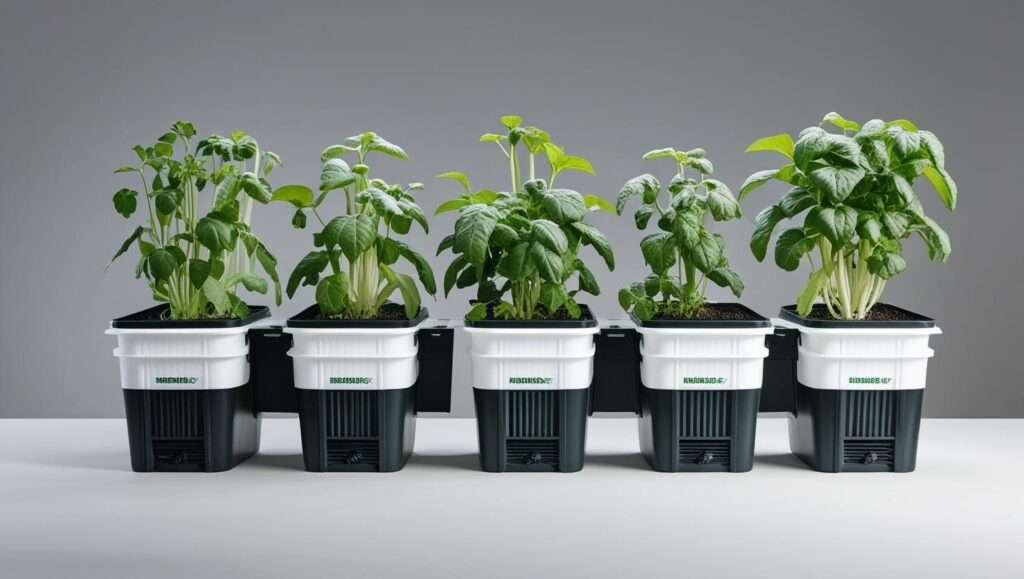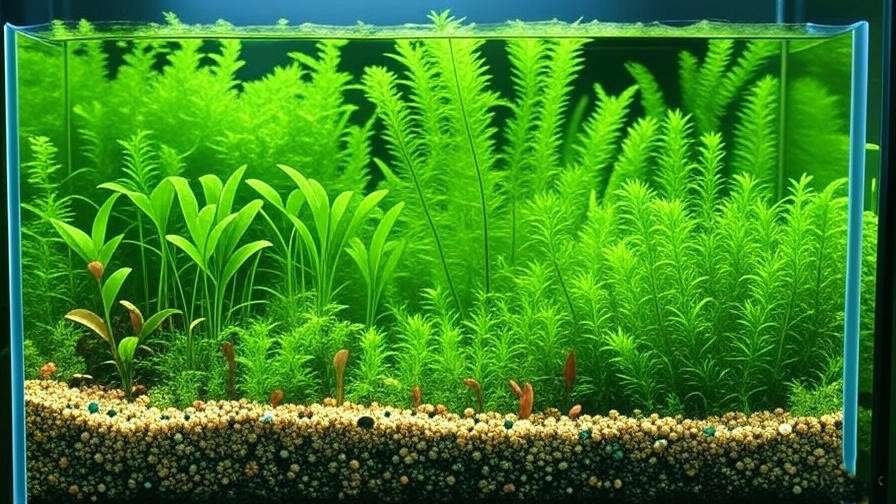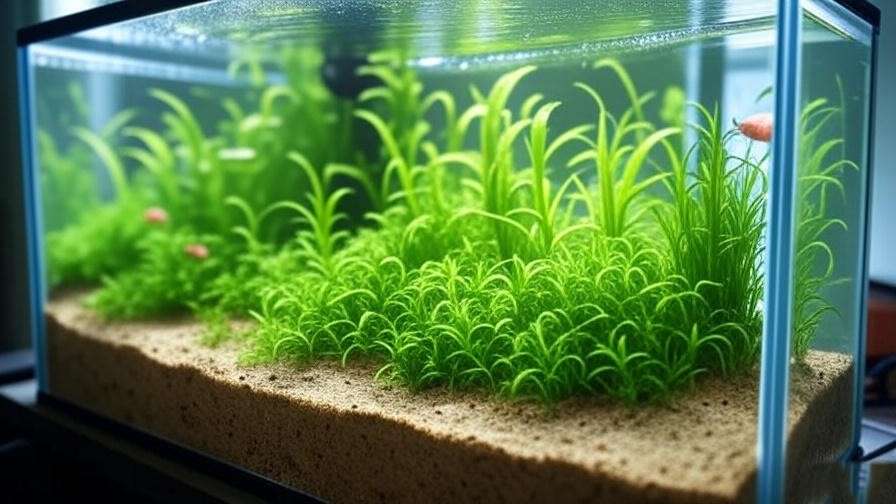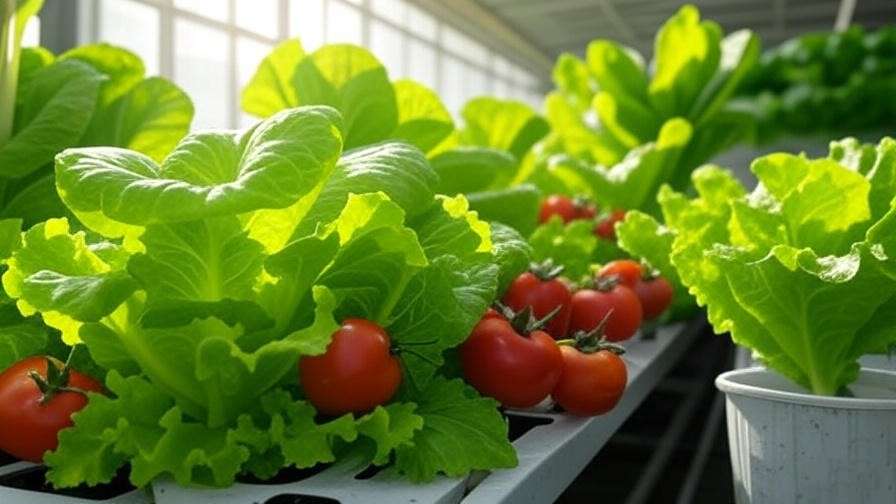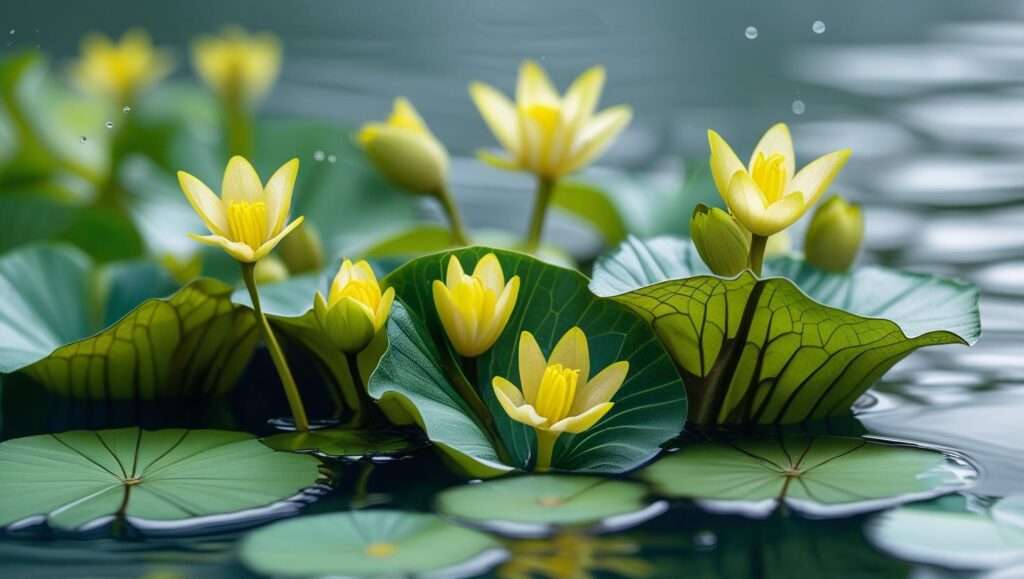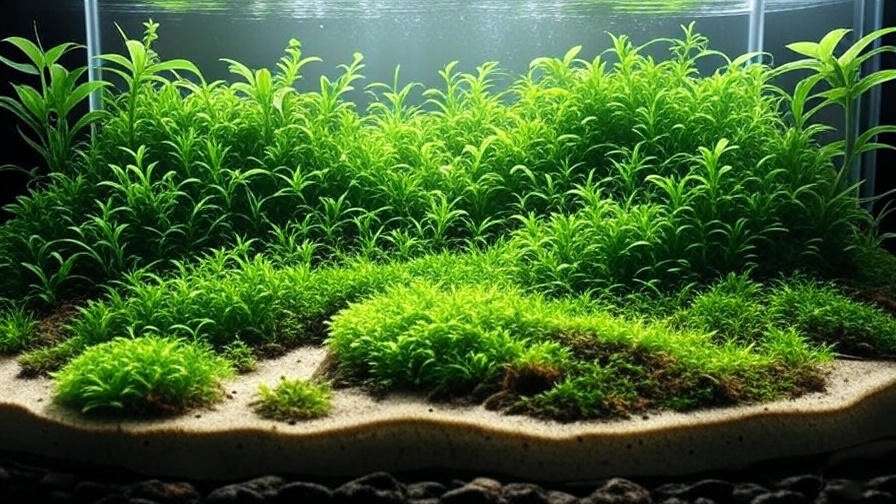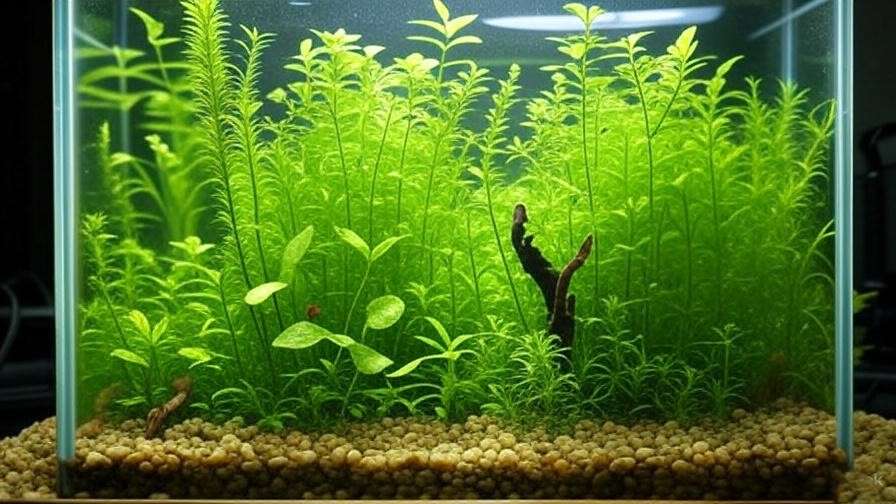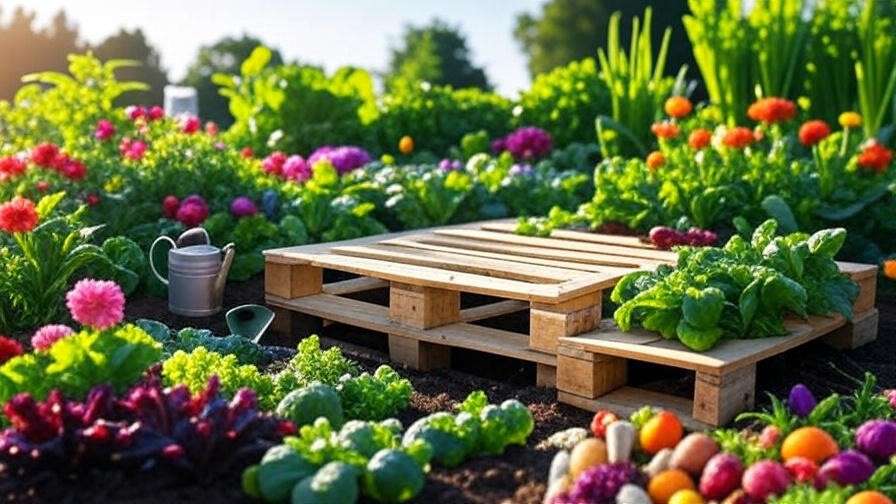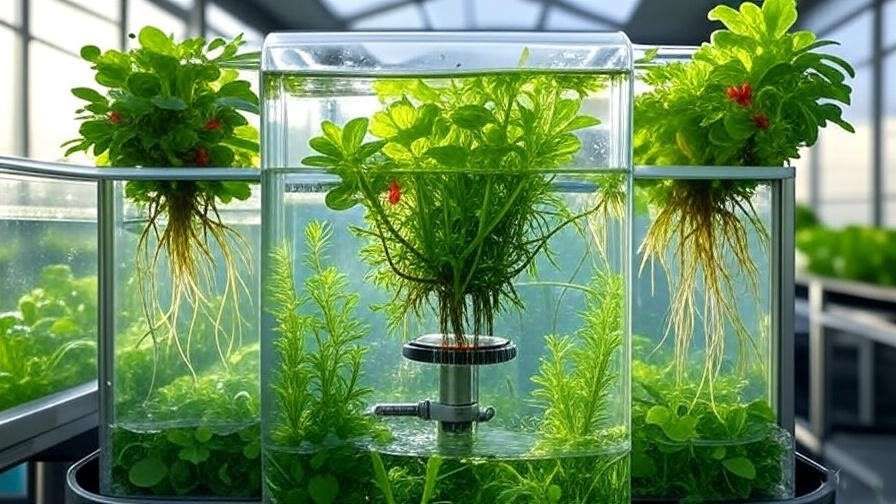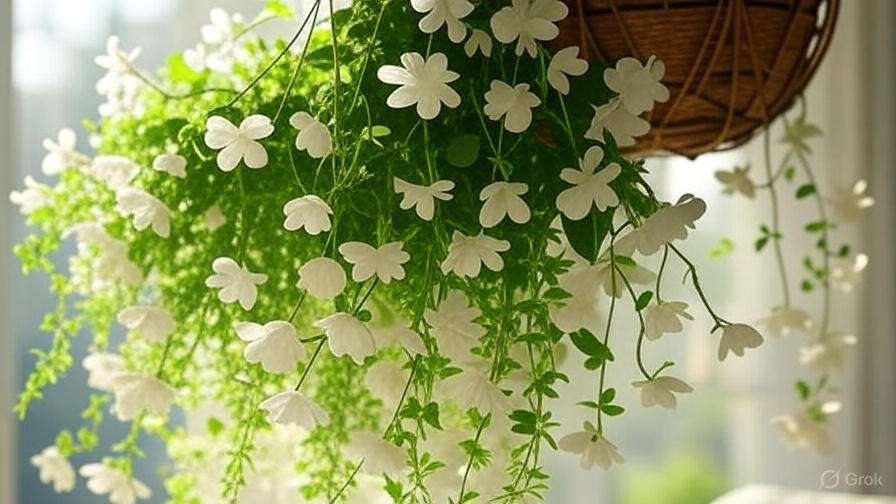Picture an aquarium where fiery red leaves sway in crystal-clear water, transforming a simple tank into a mesmerizing underwater masterpiece. Red aquarium plants are the secret to creating a vibrant, thriving aquatic ecosystem that captivates both hobbyists and their fish. Whether you’re a beginner dreaming of a colorful setup or an advanced aquarist seeking to elevate your aquascape, these plants offer unmatched beauty and ecological benefits. In this comprehensive guide, we’ll explore the top 10 red aquarium plants, their care requirements, and expert aquascaping tips to help you craft a stunning tank. Drawing on over a decade of aquascaping experience and insights from aquarium horticulture specialists, this article will empower you to create a vibrant oasis that stands out.
Why Choose Red Aquarium Plants?
Aesthetic Appeal
Red aquarium plants are the showstoppers of the aquatic world. Their bold hues—ranging from deep crimson to soft pink—create striking contrast against green foliage, driftwood, and colorful fish like Neon Tetras or Guppies. Unlike standard green plants, red varieties add depth and drama, turning an ordinary tank into a professional-grade aquascape. For instance, a cluster of Rotala Rotundifolia ‘Red’ in the background can create a lush, fiery curtain that draws the eye, making your tank a focal point in any room.
Ecological Benefits
Beyond their visual appeal, red aquarium plants contribute to a healthy tank ecosystem. They absorb excess nutrients like nitrates and phosphates, reducing the risk of algae blooms. They also release oxygen during photosynthesis, supporting fish and invertebrates. Many red plants, such as Ludwigia species, provide dense foliage that serves as shelter or breeding grounds for shy species like Cherry Shrimp or Dwarf Gouramis. By fostering a balanced environment, these plants ensure cleaner water and happier aquatic life, making them both practical and beautiful.
Factors to Consider When Choosing Red Aquarium Plants
Selecting the right red aquarium plants requires understanding their unique needs to ensure success. Here are the key factors to consider:
Lighting Requirements
Red aquarium plants often require higher light intensity due to their anthocyanin pigments, which thrive under bright conditions to produce vibrant colors. Most red plants need 50–150 µmol PAR (Photosynthetically Active Radiation) at the substrate level, depending on the species. For example, full-spectrum LED lights like the Fluval Plant 3.0 or Chihiros WRGB II are ideal for achieving optimal coloration. Insufficient lighting can cause red plants to revert to green, so investing in quality lighting is critical for success.
Water Parameters
Red plants thrive in specific water conditions. Most prefer a pH of 6.0–7.5, soft to moderately hard water (3–10 dGH), and temperatures between 72–82°F (22–28°C). Consistency is crucial—sudden fluctuations in pH or hardness can stress plants, leading to leaf drop or stunted growth. Below is a table summarizing optimal water parameters for red aquarium plants:
| Parameter | Optimal Range |
|---|---|
| pH | 6.0–7.5 |
| Hardness (dGH) | 3–10 |
| Temperature (°F) | 72–82 |
| CO2 (ppm) | 10–30 (if supplemented) |
Skill Level
Red aquarium plants range from beginner-friendly to advanced. Species like Ludwigia Repens are forgiving and ideal for novices, requiring minimal equipment. In contrast, plants like Rotala Macrandra demand precise care, including CO2 injection and high lighting, making them better suited for experienced aquarists. Common challenges, such as nutrient deficiencies or algae competition, can be managed with proper planning and maintenance, ensuring success regardless of skill level.
Top 10 Red Aquarium Plants for Your Tank
Below are the top 10 red aquarium plants, each with a detailed description, care tips, and aquascaping uses to help you choose the perfect additions for your tank.
1. Ludwigia Repens

Description: Ludwigia Repens is a beginner-friendly red aquarium plant with vibrant red leaves under high light. Its versatility and ease of care make it a favorite for new and seasoned aquarists alike.
Care Tips: Thrives in moderate to high light (50–80 µmol PAR) and benefits from liquid fertilizers rich in iron, such as Seachem Flourish Iron. Propagate by cutting stems above a node and replanting. Maintain water parameters at pH 6.5–7.5 and 75–80°F.
Aquascaping Uses: Ideal for midground or background placement, creating a lush red curtain that complements green plants.
2. Alternanthera Reineckii

Description: Known for its deep red or pink foliage, Alternanthera Reineckii is a striking choice for creating focal points in aquascapes. Its compact growth makes it versatile for various tank sizes.
Care Tips: Requires high light (70–100 µmol PAR) and CO2 supplementation (15–25 ppm) for vibrant color. Prune regularly to maintain a bushy shape. Use iron-rich fertilizers to prevent leaf yellowing.
Aquascaping Uses: Perfect for foreground or midground contrast, especially when paired with green Anubias or Java Fern.
3. Rotala Rotundifolia ‘Red’

Description: This fast-growing plant features delicate, reddish-pink leaves that add elegance and texture to any tank.
Care Tips: Needs high light (80–100 µmol PAR) and a nutrient-rich substrate or liquid fertilizers like ADA Green Brighty. Trim regularly to encourage bushy growth. Maintain stable parameters (pH 6.0–7.0).
Aquascaping Uses: Best for background curtains or dense clusters, adding a soft red glow to the tank.
4. Hygrophila Corymbosa ‘Stricta Red’

Description: A robust plant with reddish leaves, Hygrophila Corymbosa ‘Stricta Red’ is ideal for larger tanks due to its size and growth rate.
Care Tips: Requires moderate light (50–80 µmol PAR) and occasional fertilization. Prefers good water flow to prevent debris buildup. Propagate via stem cuttings.
Aquascaping Uses: Suited for background or corner placement, filling large spaces with vibrant color.
5. Ammannia Gracilis

Description: This plant boasts slender, bright red leaves that create a dramatic effect in high-tech setups.
Care Tips: Demands high light (80–120 µmol PAR), CO2 (20–30 ppm), and micronutrients like iron and manganese. Sensitive to parameter fluctuations, so monitor water chemistry closely.
Aquascaping Uses: Perfect for midground accents in advanced aquascapes, adding vertical interest.
6. Ludwigia Palustris
Description: Compact and deep red, Ludwigia Palustris is an excellent choice for smaller tanks or nano setups.
Care Tips: Thrives in moderate light (50–70 µmol PAR) and nutrient-rich water. Propagate by cuttings. Tolerates a wide pH range (6.0–7.8), making it forgiving for beginners.
Aquascaping Uses: Versatile for foreground or midground, adding bold color without overwhelming small spaces.
7. Rotala Macrandra
Description: A challenging but stunning plant with intense red coloration, Rotala Macrandra is a favorite among advanced aquarists.
Care Tips: Requires very high light (100–150 µmol PAR), CO2 (20–30 ppm), and precise nutrient dosing. Sensitive to changes in water chemistry, so maintain stability.
Aquascaping Uses: Best for focal points or centerpieces in high-tech tanks, creating dramatic visual impact.
8. Pogostemon Stellatus ‘Octopus’
Description: This plant’s feathery, red leaves add unique texture and vibrancy to aquascapes, resembling an underwater octopus.
Care Tips: Needs high light (80–120 µmol PAR) and regular fertilization. Trim to maintain shape and prevent legginess. CO2 supplementation enhances growth and color.
Aquascaping Uses: Ideal for background or as a textured centerpiece, adding dynamic movement.
9. Cryptocoryne Wendtii ‘Flamingo’
Description: A rare, pinkish-red Cryptocoryne, perfect for low-light setups and beginner aquarists.
Care Tips: Thrives in low to moderate light (30–50 µmol PAR) and nutrient-rich substrate like ADA Aqua Soil. Grows slowly, so avoid frequent replanting. Tolerates pH 6.0–7.5.
Aquascaping Uses: Great for foreground or midground in low-tech tanks, adding subtle red hues.
10. Myriophyllum Tuberculatum
Description: A delicate, feathery plant with bright red foliage, adding elegance to high-tech setups.
Care Tips: Requires high light (80–120 µmol PAR), CO2, and nutrient-rich water. Susceptible to algae, so maintain pristine conditions with regular water changes.
Aquascaping Uses: Best for background or as a filler in dense aquascapes, creating a soft, red texture.
How to Care for Red Aquarium Plants
Lighting and CO2 Systems
The vibrant red hues of these plants depend on adequate lighting and, for some species, CO2 supplementation. Full-spectrum LED lights with adjustable intensity, such as the Fluval Plant 3.0 or Chihiros WRGB II, are ideal for achieving 50–150 µmol PAR. For demanding plants like Rotala Macrandra, CO2 injection systems (pressurized canisters or DIY kits) delivering 15–30 ppm are essential for optimal growth and coloration. Below is a comparison of popular lighting options:
| Light Model | Wattage | PAR (µmol) | Cost (USD) |
|---|---|---|---|
| Fluval Plant 3.0 | 32–59W | 50–120 | $150–$250 |
| Chihiros WRGB II | 30–130W | 50–150 | $100–$300 |
| Twinstar LED | 25–60W | 40–100 | $80–$200 |
Nutrient Management
Red aquarium plants require a balanced supply of macronutrients (nitrogen, phosphorus, potassium) and micronutrients (iron, manganese). Iron is critical for maintaining red pigmentation, as deficiencies can cause leaves to turn green or yellow. Use liquid fertilizers like Seachem Flourish or ADA Green Brighty weekly, following manufacturer guidelines. For substrate-rooted plants like Cryptocoryne Wendtii ‘Flamingo,’ nutrient-rich substrates enhance growth. Monitor nutrient levels with test kits to prevent deficiencies or excesses that could harm plants or encourage algae.
Pruning and Propagation
Regular pruning keeps red plants healthy and aesthetically pleasing. For stem plants like Ludwigia Repens or Rotala Rotundifolia, cut above a node and replant the cutting to propagate. For rosette plants like Cryptocoryne Wendtii, divide the rhizome carefully to avoid root damage. Use sharp, clean scissors to prevent tearing, and remove dead or decaying leaves promptly to maintain water quality. Propagation is straightforward for most red plants, allowing you to expand your aquascape affordably.
Common Issues and Solutions
- Leaf Yellowing: Often caused by iron or nitrogen deficiency. Increase fertilization or test water parameters to identify imbalances.
- Algae Growth: Reduce light duration to 8–10 hours daily and maintain consistent CO2 and nutrient levels. Add algae-eating shrimp like Amano Shrimp.
- Stunted Growth: Ensure adequate light and CO2. Check for stable parameters using a reliable test kit.
Aquascaping Tips for Red Aquarium Plants
Creating Contrast and Balance
Red aquarium plants shine when paired thoughtfully with other tank elements. Their vibrant hues create stunning contrast against green plants like Anubias Nana or Java Fern, which offer darker, muted tones. For example, placing Alternanthera Reineckii in the midground with green Anubias in the foreground creates a balanced, professional aquascape. Natural elements like smooth river rocks or driftwood add texture, enhancing the visual appeal. A well-designed tank might feature Rotala Rotundifolia ‘Red’ as a background curtain, with green carpeting plants like Dwarf Hairgrass in the foreground, creating a harmonious color palette that captivates viewers.
Placement Strategies
Strategic placement of red aquarium plants ensures both aesthetic appeal and healthy growth. Consider the following layout guidelines:
- Foreground: Compact plants like Ludwigia Palustris or Cryptocoryne Wendtii ‘Flamingo’ are ideal for low-profile accents that don’t obstruct the view. Their smaller size suits nano or small tanks (10–20 gallons).
- Midground: Alternanthera Reineckii or Ammannia Gracilis add vibrant focal points, drawing the eye to the tank’s center. These plants work well in 20–50-gallon tanks.
- Background: Taller, bushy plants like Rotala Rotundifolia ‘Red’ or Hygrophila Corymbosa ‘Stricta Red’ create lush backdrops, perfect for larger tanks (50+ gallons).
Here’s a sample layout for a 20-gallon tank:
- Foreground: Cryptocoryne Wendtii ‘Flamingo’ along the front for subtle pinkish-red hues.
- Midground: Ludwigia Palustris and Alternanthera Reineckii for bold color pops.
- Background: Rotala Rotundifolia ‘Red’ for a dense, fiery curtain effect.
This layout maximizes visual impact while ensuring each plant’s light and space needs are met.
Combining with Fish and Invertebrates
Red aquarium plants pair beautifully with colorful fish and invertebrates that enhance the tank’s vibrancy. Neon Tetras, with their electric blue and red stripes, complement red plants like Ludwigia Repens, creating a dynamic color scheme. Red Cherry Shrimp add a matching red hue and help control algae without damaging plants. Avoid plant-eating species like Goldfish or Silver Dollars, which can nibble on delicate foliage like Rotala Macrandra. Amano Shrimp are another excellent choice, as they clean algae from plant leaves while coexisting peacefully.
Expert Insights
Renowned aquascaper George Farmer notes, “Red aquarium plants are the jewel of any aquascape, but their vibrant colors demand dedication to lighting and nutrient balance.” My own experience maintaining a 50-gallon planted tank aligns with this—after upgrading to a Fluval Plant 3.0 LED and adding CO2, my Ludwigia Repens transformed from green to a fiery red in just three weeks. Research from the Aquatic Plant Society underscores the importance of stable CO2 levels (15–30 ppm) for red plant health, as fluctuations can lead to stunted growth or algae issues. These insights highlight the need for proper equipment and consistent care to unlock the full potential of red plants.
FAQs About Red Aquarium Plants
- What makes red aquarium plants red? Their vibrant hues come from anthocyanin pigments, which intensify under high light and adequate nutrients like iron. Low light may cause these plants to revert to green.
- Can beginners grow red aquarium plants? Absolutely! Ludwigia Repens and Ludwigia Palustris are forgiving and thrive with moderate care, making them ideal for novices.
- Do red plants need CO2 injection? While not always mandatory, CO2 supplementation (15–30 ppm) enhances growth and coloration for most red plants, especially advanced species like Rotala Macrandra.
- How do I prevent algae on red plants? Reduce light duration to 8–10 hours, maintain nutrient balance, and add algae-eating shrimp like Amano or Cherry Shrimp.
- Which red plants work in low-tech tanks? Cryptocoryne Wendtii ‘Flamingo’ and Ludwigia Palustris thrive in low-light, non-CO2 setups, perfect for beginners.
Conclusion
Red aquarium plants are more than just a visual treat—they’re a gateway to creating a thriving, vibrant underwater world. From the beginner-friendly Ludwigia Repens to the stunning Rotala Macrandra, these plants offer endless possibilities for aquascapers of all levels. By understanding their lighting, nutrient, and care needs, you can transform your tank into a breathtaking oasis. Start with one or two plants from this list, experiment with aquascaping layouts, and share your tank photos in the comments below! For more tips, explore our articles on aquarium lighting, CO2 systems, and fish compatibility to take your aquascape to the next level.

